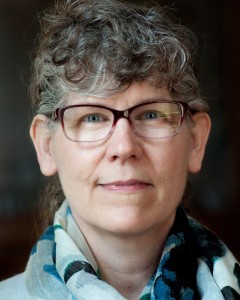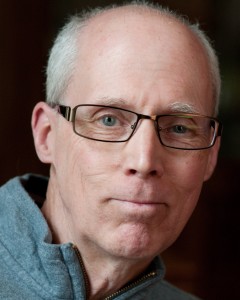A new ‘narrative’ for Rochester: A community that works together
- likoau
- May 12, 2015
- 3 min read
A few times at our May 5 conference I heard people say it feels like we have arrived at a moment when real change in our education system is possible. I agree. I’m not exactly sure why this is, but it feels to me like our community has experienced an epiphany.
For more than 30 years, every time I reported or opined on some effort to engage the whole community (suburbs and city) in the work of improving city schools, the opposition was swift, loud and definitive: “Not now, not ever.” City and suburbs did not see themselves as part of one community, but as distinct municipalities with no obligations to the other. This was particularly true when it came to schools. Suburbanites took pride in their schools and saw no reason to risk their academic success by “mixing in” with the city.
Mark Hare is a member of the GS4A coordinating team
The popular refrain to claims that high poverty schools presented insurmountable barriers for many children was: “City kids just need to work harder. Their parents need to be better parents. The teachers union needs to stop protecting bad teachers.” End of conversation.
That’s not so true today. There is a new and, I think, genuine concern that the catastrophic performance of city public schools is deeply rooted in poverty and cannot be fixed by the city’s efforts alone. Moreover, there is an awareness that Rochester’s future livability is dependent on the success of our schools and the revitalization of the urban core.
Every city has a popular narrative (a story that seems to capture the city’s history, values and hopes) and the Rochester narrative is changing, ever so slowly, but surely.
For decades, we’ve seen our city as a progressive community, well educated, sustained by homegrown clean industry, with great cultural institutions (supported by local business and generous patrons), affordable suburban homes, great universities and hospitals and well-funded charities that can assist those in need.
To get a feel for the power of that narrative (and its longevity), take a look at the video below: A 1963 Rochester Gas & Electric promotional film, “Rochester, NY: A City of Quality.” You don’t need to watch all the way through to get the gist of it. But its endurance speaks to the power of this “all is well” community narrative — the film was released just one year before the 1964 Rochester race riots.
https://youtu.be/6v5x6qIy4Xc
I’m not suggesting that the narrative is completely false, only that we have been slow as a community to recognize the consequences of the steady loss of good manufacturing jobs, the subsequent weakening of our safety net, and worsening poverty that has spread across the city line.
But the reality is hard to escape and people are taking notice. The 2013 Rochester Area Community Foundation Poverty report was an eye-opener. The formation of a new (hopefully) state-funded anti-poverty initiative has forced people take a hard look at where we are and how we can move forward.
At our May 5 conference, the Urban-Suburban work group presented a chart showing the percentage of children in each district who are defined as “poor” by virtue of their eligibility for free or reduced price federal meals. While just 3 percent of children in Pittsford are poor, in Brockport, it’s 41 percent; in East Irondequoit, 55 percent; in East Rochester, 56 percent. Our goal of capping the poverty population at 40 percent in every school is impossible without a full community commitment.
To underscore the seriousness of the decline, a May 4 New York Times interactive feature (“An Atlas of Upward Mobility”) reports that children growing up in Monroe County can expect to earn between $2,050 and $2,350 less every year than the national average. This is a shocking turnabout for a community that has long been regarded as among the most prosperous.
So, yes these numbers are disheartening, but the growing openness to change can be the portal to real progress.
GS4A’s focus is on ending the high concentration of poor students in city schools–developing a series of strategies to voluntarily integrate city and suburban schools to achieve a workable mix of poor and middle class students. It is not the only thing we need to do as a community to reverse the decline of the last 30 years, but a city-suburbs effort to fix our schools can serve us well. It can help Rochester acquire the muscle memory we will need to work together as one community, not as disparate municipalities, to solve the problems of affordable housing, jobs and crime.
Surely, we should hope for — and settle for — nothing less.








Comments